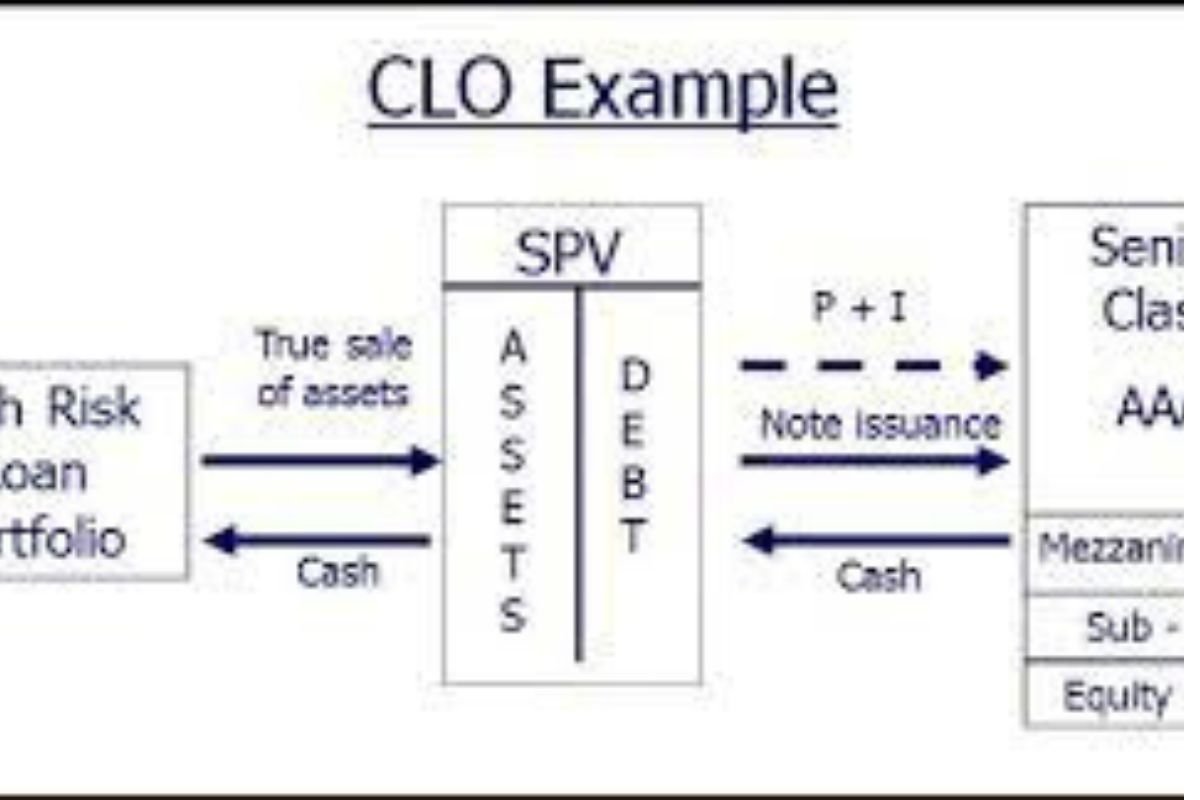Understanding Peer-to-Peer Lending Risks: Navigating the Challenges
Peer-to-peer (P2P) lending risks has revolutionized the way individuals and businesses access financing outside traditional banking channels. While P2P lending offers numerous benefits, it also comes with inherent risks that both borrowers and investors need to consider. In this article, we’ll explore the risks associated with P2P lending and strategies to mitigate them effectively.
The Concept of Risk in P2P Lending
P2P lending involves connecting borrowers directly with lenders through online platforms, bypassing traditional financial institutions. While this model offers greater accessibility and flexibility, it also exposes both parties to various risks.
Credit Risk in P2P Lending
One of the primary risks in P2P lending is credit risk. Borrowers who turn to P2P platforms may have varying credit profiles, leading to the risk of default. Unlike banks that conduct rigorous credit assessments, P2P platforms may have less stringent criteria, increasing the likelihood of loan defaults.
Platform Risk
Another significant risk in P2P lending is platform risk. P2P platforms act as intermediaries, facilitating transactions between borrowers and investors. However, if a platform faces financial instability or operational challenges, it can jeopardize the interests of both borrowers and investors.

Regulatory and Legal Risks
The regulatory landscape surrounding P2P lending is evolving, and regulatory compliance is a crucial aspect of risk management. Regulatory changes or legal disputes can impact the operations of P2P platforms and the rights of borrowers and investors.
Mitigation Strategies
For Borrowers:
- Conduct thorough research on P2P platforms and their track records.
- Borrow only what you can afford to repay and avoid overleveraging.
- Consider diversifying your borrowing sources to mitigate concentration risk.
For Investors:
- Diversify your investment portfolio across multiple loans and borrower profiles.
- Review the credit assessment process of P2P platforms and their risk management practices.
- Stay informed about regulatory developments and legal issues affecting P2P lending.
Conclusion
While peer-to-peer lending offers exciting opportunities for both borrowers and investors, it’s essential to approach it with caution and awareness of the associated risks. By understanding the dynamics of credit risk, platform risk, and regulatory challenges, stakeholders can make informed decisions and navigate the P2P lending landscape effectively.



